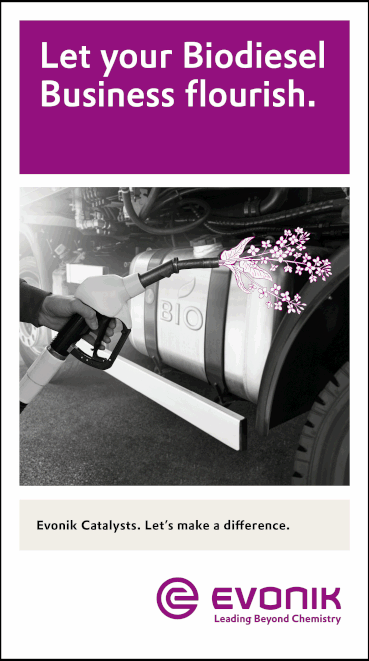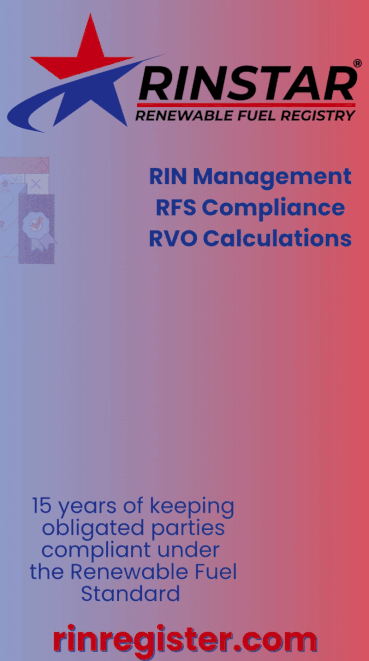Exceeding Standards
- Chaitanya “Chatty” Sakhalkar
- Jan 29, 2024
- 3 min read
Updated: Feb 2, 2024

Process canned-motor pumps offer biorefiners calculable long-term operation and regulatory-compliance savings to include in any net-zero project justification.
As the renewable fuels industry matures and various technologies approach scale for the production phase, fuel producers will face regulatory controls like those managed by traditional refining and petrochemical industries today. While new feedstocks are renewable and free of fossil carbon, providing for net-zero operations, producers must also adhere to Clean Air Act requirements to minimize or, if possible, eliminate emissions of hazardous air pollutants (HAPs).
Regardless of feedstocks, control of HAPs will continue to be a part of fuel-production operations. Within the CAA, there is a reference to maximum achievable control technology (MACT). MACT standards were developed by establishing the current best emission-reduction practices. This development process for measurable control can be broken down into (a) equipment, (b) process, (c) hazard-minimizing work practices, and (d) control devices/instrumentation.
Process centrifugal pumps are often used in critical fuel-production processes that require a high level of emission controls. Process pumps can be further categorized as sealed and sealless pumps. In North America, two widely used accredited standards bodies deal with centrifugal pumps: ASME/ANSI and API. These organizations have developed numerous equipment standards through the participation of industry experts including end users, engineering firms and manufacturers. Pump standards (ANSI B73.1, B73.2 and B73.3; API 610 and API 685)1, 2 were developed to establish guidelines in three areas: (a) design, (b) quality, and (c) instrumentation.
Field-operating data indicate that the overwhelming source of emissions in centrifugal pumps stems from the sealing mechanism, whether it is a dynamic mechanical shaft seal or traditional shaft packing. These devices produce emissions by design and require sophisticated systems to control these emissions. Sealless pumps, typically either canned-motor pumps or magnetically driven pumps, do not utilize mechanical seals, thereby eliminating the source of emissions. These technologies and all associated containment controls are covered in ANSI B73.3 and API 685.
Canned-motor pumps in particular offer true secondary-containment safety inherently by design. Unlike magnetically driven pumps or conventionally sealed pumps, canned-motor pumps do not have external couplings. The motor is hermetically sealed in a dual-containment and controlled vessel, while the impeller is directly attached to the motor rotor shaft. As a result, the pump and motor are produced and operated in a single unit, housed in a dual-containment vessel.
All sealless, canned-motor process pumps are designed and manufactured such that primary (system) pressure containment as well as the isolated, hermetic motor (secondary containment) are rated for the same design pressure. This eliminates emissions from operations and provides a second layer of protection that eliminates any scenario for catastrophic release, even in case of equipment failure.
API and ANSI sealless-pump standards highlight secondary-containment control for pump solutions by identifying the hold time for the process fluid in the secondary containment upon the loss of primary containment. Typically, 24 hours or 48 hours is widely accepted by most users. However, for canned-motor pumps, where the secondary containment is already hermetically sealed, the base design itself far exceeds the requirements set forth by the standards. Equipment MACT is achieved in standard canned-motor pump operation, separating the technology from all other alternatives—offering a hassle-free compliance solution.
API and ANSI recommend various instrumentation for centrifugal pumps depending upon the criticality of the service. These may include a secondary, pressure-instrumented containment shell for magnetically driven pumps, which utilize a single containment shell as standard.
While pressure transmitters and other instruments such as temperature probes and power monitors are applicable to all centrifugal-pump technologies, only canned-motor pumps are equipped with a liquid-film sleeved bearing-wear monitor. Canned-motor pumps are designed to alert for imminent failure in any process-upset condition. Upon the lack of liquid film on the bearing, the pump rotating-shaft journals will contact the two bearing sleeves. Embedded in the motor is a rotor-position sensor to detect this very occurrence. A bearing-wear monitor can be set up such that pump operation is suspended before any failure that could lead to containment breach. From a control device/ instrumentation MACT perspective, the ability to monitor both the rotor position and condition of the two fluid-film bearings further ensures the optimum level of containment for centrifugal pumps.
In offering the market a standardized value proposition, canned-motor pumps minimize additional burdens of process improvements and process safety-hazard management of work practices. For example, leak detection and repair (LDAR) is a commonly used hazard-minimizing work practice and method. Method 213 is often followed to detect volatile organic compound (VOC) emissions and leaks from equipment. Under Method 21 best practices, pumps are expected to be monitored weekly. Canned-motor pumps would allow operations and compliance management to justify doing away with such cumbersome audits.

Author: Chaitanya “Chatty” Sakhalkar
National Sales Manager
Teikoku USA Inc.
281-846-2857


































